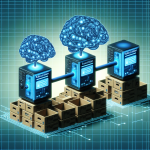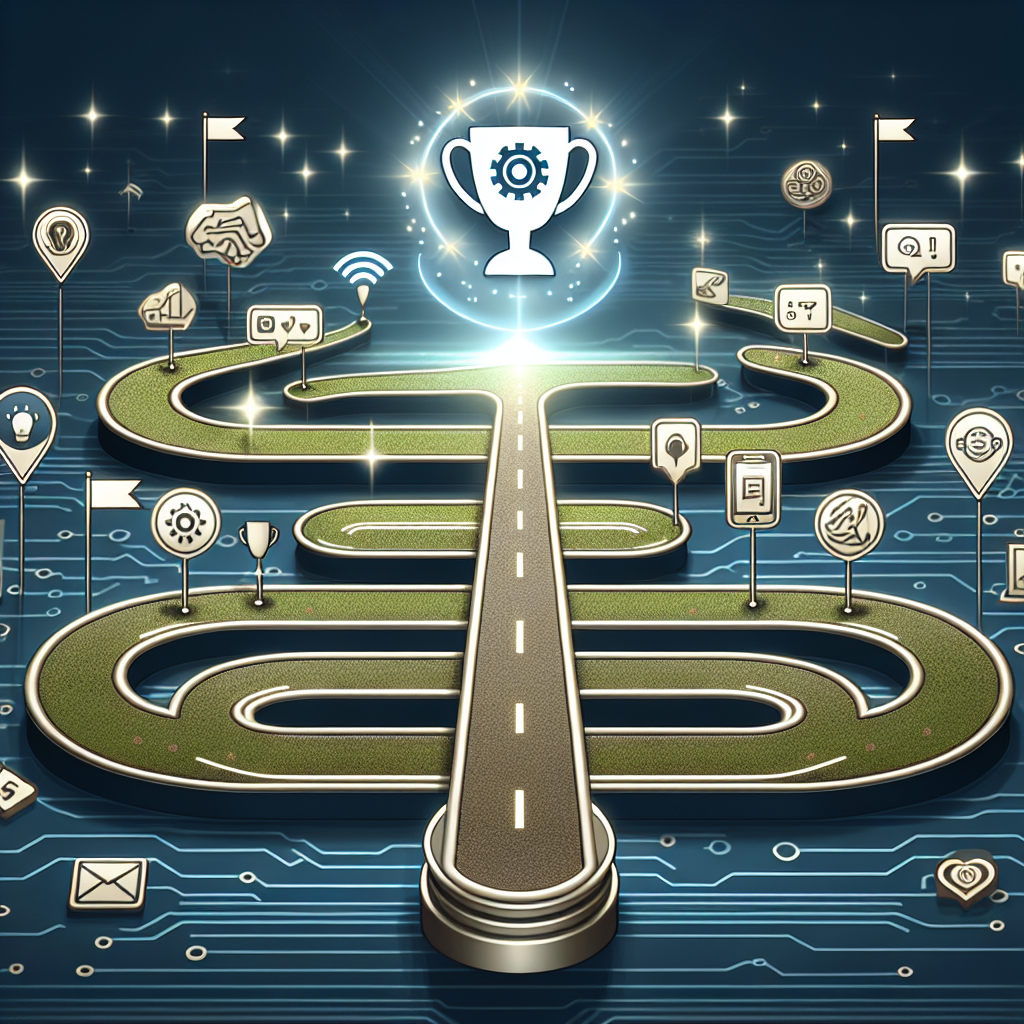Introduction
In today’s highly competitive digital landscape, efficient customer onboarding is critical for businesses looking to maintain a competitive edge. The process of onboarding — welcoming new customers, collecting necessary information, ensuring compliance, and setting expectations — can be resource-intensive and time-consuming. Fortunately, Artificial Intelligence (AI) is transforming the way organizations engage with customers during this crucial phase, making onboarding faster, more personalized, and more efficient.
What Is Customer Onboarding?
Customer onboarding refers to the process businesses use to introduce new customers to their products or services. This process often involves multiple touchpoints, including identity verification, form submissions, personalized product recommendations, and tutorials to help the customer effectively use the service. A well-structured onboarding process can lead to increased customer satisfaction, reduced churn, and higher lifetime value.
The Challenges of Traditional Onboarding
Before the rise of AI technologies, onboarding was often cumbersome and error-prone. Common challenges included:
- Manual data entry and validation
- Extended processing times
- Lack of personalization
- Compliance and regulatory hurdles
- Inconsistent communication and support
These inefficiencies could lead to customer frustration and abandonment before they even have a chance to engage fully with the product or service.
How AI is Changing the Game
AI is revolutionizing customer onboarding by automating and optimizing key aspects of the process. Here are some of the ways AI is streamlining onboarding:
1. Intelligent Data Capture and Validation
AI-powered tools can automatically extract and validate customer data from documents like IDs, bank statements, and utility bills through Optical Character Recognition (OCR) and machine learning algorithms. This eliminates the need for customers to manually input data and reduces the risk of errors or fraud.
2. Personalized Onboarding Journeys
Machine learning models can analyze customer profiles in real-time to create personalized onboarding experiences. For example, new users might receive product suggestions, tutorials, or support recommendations that align with their preferences and behavior patterns, increasing engagement from the outset.
3. Conversational AI and Chatbots
Chatbots powered by Natural Language Processing (NLP) can guide customers through the onboarding process 24/7. They can answer common questions, help users complete forms, schedule demos, and even escalate issues to human agents when necessary. This improves responsiveness and reduces the burden on customer service teams.
4. Automated Compliance and Risk Scoring
In highly regulated industries like finance and healthcare, AI can streamline compliance by automating Know Your Customer (KYC) protocols, flagging high-risk applicants, and ensuring data privacy requirements are met. Algorithms can continuously update risk profiles based on new information, leading to more accurate and timely decision-making.
5. Real-Time Feedback and Optimization
AI systems can collect and analyze onboarding data in real-time, allowing businesses to identify bottlenecks or drop-off points in the process. This insight enables quick adjustments to improve user experience and increase onboarding conversion rates.
Benefits of AI-Driven Onboarding
The implementation of AI in onboarding processes offers several measurable advantages:
- Faster Time to Value: Customers can start using products or services more quickly.
- Cost Reduction: Automation reduces the need for manual labor and associated costs.
- Enhanced Customer Experience: Personalization and convenience improve customer satisfaction.
- Improved Accuracy: AI minimizes human errors and increases data quality.
- Scalability: AI solutions can manage increasing volumes of new users without degrading service quality.
Real-World Examples
Many companies already leverage AI to enhance onboarding:
- FinTech: Digital banks use AI-driven identity verification to quickly onboard customers while maintaining compliance with strict regulatory requirements.
- SaaS Platforms: Software providers use AI to generate product walkthroughs and adapt onboarding pathways based on user behavior and role.
- E-Commerce: Retailers deploy chatbots to confirm customer preferences and offer tailored product recommendations.
Conclusion
AI is rapidly becoming a cornerstone of efficient customer onboarding across diverse industries. By automating repetitive tasks, enabling real-time personalization, and ensuring compliance, AI enhances both the customer experience and operational efficiency. As technology continues to advance, we can expect even greater innovations that will make onboarding faster, smarter, and more human-centric than ever before. Businesses that embrace AI-driven onboarding today are positioning themselves for stronger customer relationships and sustained growth tomorrow.







